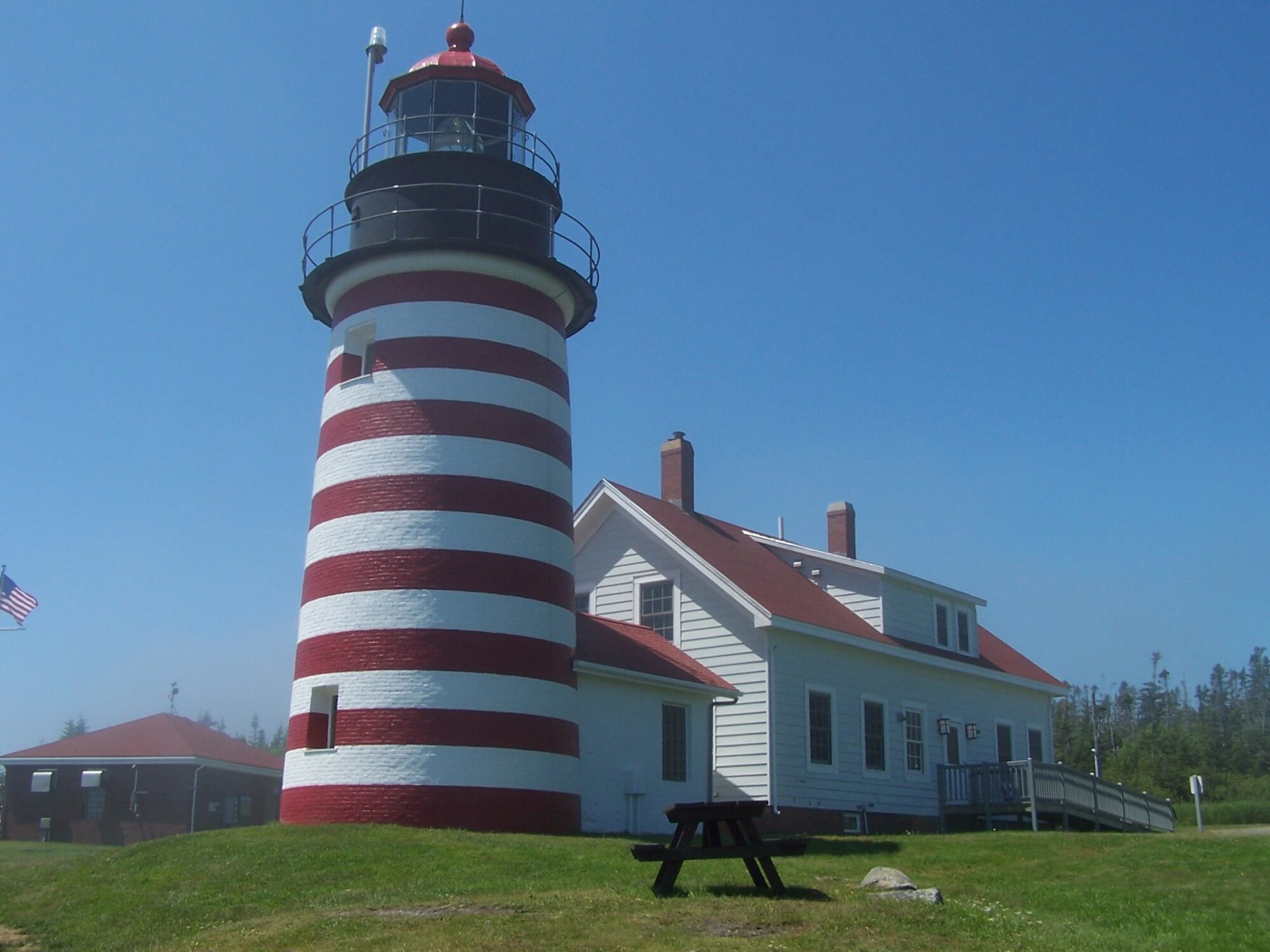 In 2017, Michael Finkel published a book with a provocative title that became a surprise best-seller. It was The Stranger in the Woods: The Extraordinary Story of the Last True Hermit. The book told the story of Christopher Knight, a young man who one day, without telling anyone, simply wandered into the central Maine woods and decided that he would live there, on his own, indefinitely. Though skillful in many ways, he could not feed himself adequately in the woods, so he began to steal food from nearby camps and homes. Local folks began whispering about a mysterious person that no one had ever seen whom they called the North Pond Hermit. This went on until a deputy sheriff caught him stealing items one night – 27 years after our hermit had first ventured into the woods.
In 2017, Michael Finkel published a book with a provocative title that became a surprise best-seller. It was The Stranger in the Woods: The Extraordinary Story of the Last True Hermit. The book told the story of Christopher Knight, a young man who one day, without telling anyone, simply wandered into the central Maine woods and decided that he would live there, on his own, indefinitely. Though skillful in many ways, he could not feed himself adequately in the woods, so he began to steal food from nearby camps and homes. Local folks began whispering about a mysterious person that no one had ever seen whom they called the North Pond Hermit. This went on until a deputy sheriff caught him stealing items one night – 27 years after our hermit had first ventured into the woods.
We can debate as to how “true” a hermit Christopher Knight was, but the success of the book reflects the fascination many people feel with those who choose a solitary life. The popularity of books such as Henry David Thoreau’s Walden, May Sarton’s Journal of a Solitude, and Anthony Storr’s Solitude (many, many more examples could be named) show how this fascination has been strong in our secular culture for generations. In the Catholic Church, the twentieth century saw a renewal of interest in the vocation to live a more solitary life as hermits. Catholics such as Charles de Foucauld, Catherine de Hueck Doherty and Thomas Merton witnessed to the enduring power and fruitfulness of the hermit life. Continue reading “The Hermit’s Way of Life in the Local Church”
